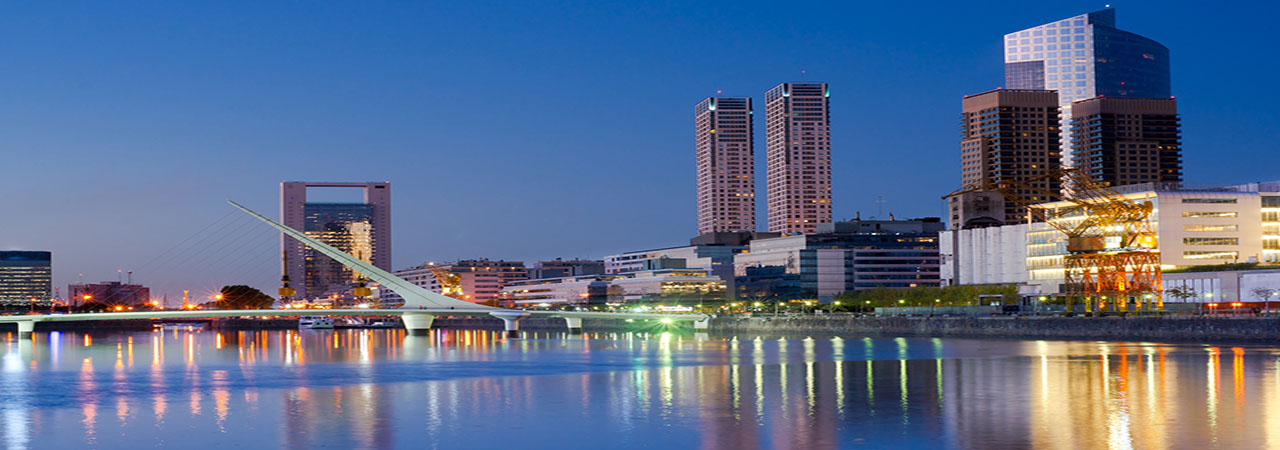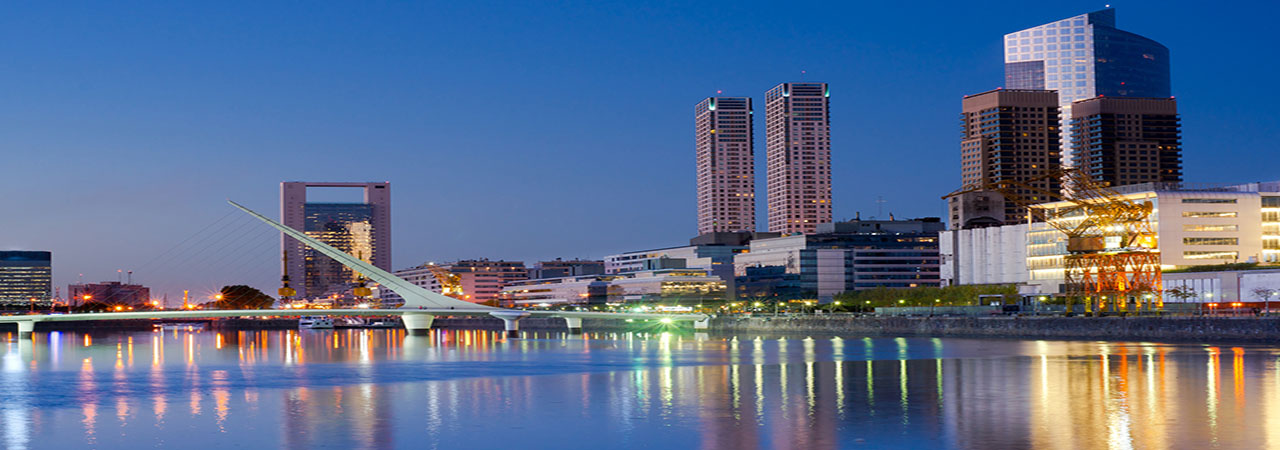ARGENTINA
Beats to your rhythm
Argentina, officially the Argentine Republic (Spanish: República Argentina), is a federal republic in the southern half of South America. Sharing the bulk of the Southern Cone with its neighbor Chile to the west, the country is also bordered by Bolivia and Paraguay to the north, Brazil to the northeast, Uruguay and the South Atlantic Ocean to the east, and the Drake Passage to the south. With a mainland area of 2,780,400 km2 (1,073,500 sq mi), Argentina is the eighth-largest country in the world, the second largest in Latin America, and the largest Spanish-speaking one. The country is subdivided into twenty-three provinces (Spanish: provincias, singular provincia) and one autonomous city (ciudad autónoma), Buenos Aires, which is the federal capital of the nation (Spanish: Capital Federal) as decided by Congress. The provinces and the capital have their own constitutions, but exist under a federal system.
Argentina claims sovereignty over part of Antarctica, the Falkland Islands (Spanish: Islas Malvinas), and South Georgia and the South Sandwich Islands. The earliest recorded human presence in the area of modern-day Argentina dates back to the Paleolithic period. The country has its roots in Spanish colonization of the region during the 16th century. Argentina rose as the successor state of the Viceroyalty of the Río de la Plata, a Spanish overseas viceroyalty founded in 1776. The declaration and fight for independence (1810–1818) was followed by an extended civil war that lasted until 1861, culminating in the country's reorganization as a federation of provinces with Buenos Aires as its capital city. The country thereafter enjoyed relative peace and stability, with massive waves of European immigration radically reshaping its cultural and demographic outlook. The almost-unparalleled increase in prosperity led to Argentina becoming the seventh wealthiest developed nation in the world by the early 20th century.
After 1930 Argentina descended into political instability and periodic economic crisis that pushed it back into underdevelopment, though it nevertheless remained among the fifteen richest countries until the mid-20th century. Argentina retains its historic status as a middle power in international affairs, and is a prominent regional power in the Southern Cone and Latin America. Argentina has the second largest economy in South America, the third-largest in Latin America and is a member of the G-15 and G-20 major economies. It is also a founding member of the United Nations, World Bank, World Trade Organization, Mercosur, Union of South American Nations, Community of Latin American and Caribbean States and the Organization of Ibero-American States. It is the country with the highest Human Development Index in Latin America with a rating of "very high". Because of its stability, market size and growing high-tech sector, Argentina is classified as a high-income economy.
Argentina is provided with a vast territory and a huge variety of climates and microclimates ranging from tundra and polar in the south to the tropical climate in the north, through a vast expanse of temperate climate and natural wonders like the Aconcagua, the highest mountain in the world outside the Himalayas, the widest river and estuary of the planet (the River Plate), the huge and very mighty Iguazú Falls, some of the flattest and wide meadows-plains of planet Earth (as the Humid Pampas, a large ocean-sea coast in the Argentine Sea), culture, customs and gastronomies famous internationally, a higher degree of development (very high compared to other Latin American countries), good quality of life and people, and relatively well prepared infrastructure make this country one of the most visited of America.
Mainly for its beautiful landscapes and then for its cultural heritage, Argentina receives massive amounts of travellers. The Argentine territory stretches from the highest peaks of the Andes in the west to colita del norte rivers and extensive beaches and cliffs of Argentine Sea in the east; from the tropical rainforest of the Yungas north to the valleys, glaciers, lakes and cold forests of Andean Patagonia in the south, and to Argentine Antarctica. Through the warm landscapes of tropical climates contrasting, in a huge gradient microclimates, the polar climates or extensive and very fertile grasslandss with the World´s most flatter plains contrasting with the highest mountains outside Asia, contrasted with also vast desert areas plethoric of geoforms for the annual running extensive and extreme Dakar rally race, the high mountain ranges, the pleasant Pampeanas mountains and the temperate Atlantic beaches and its extensive coastlines. The huge distances require in most cases air travel. The Misiones rainforest, Argentine Yungas and areas of the Argentine Andean Patagonia are scientifically considered as biodiversity hotspots large areas worldwide. The great biodiversity and the large number of different landscapes and climates make Argentina a diverse country where appear to meet multiple countries together harmoniously (fertile temperates, deserts, cold forest, warm tropicals and subtropical jungles, glacier areas, cold forests, maritimes with cliffs, rias and fjord s etc.).
The country presents entire range of possible climates: temperate, dry warm, humid warm, cold dry, cold humid, semi-arid, steppe, subantarctic, subtropical, snowy, cold mountain, and a huge variety of microclimates.
Argentina has been upgrading its worldwide presence as a tourism destination by increasing the investment on international tourism. The latest push can be seen by Aerolineas Argentinas, the country's national airline, adding international routes from the United States and Europe. There are also rumors that they will join a major airline alliance soon.
Argentina has enjoyed the visit of 5.80 million tourists in the year 2011 according to the World Tourism Organization, the first most visited country in South America and the second most visited of all of Latin America, after Mexico.
Foreign tourists mainly come from Brazil, Chile, Uruguay, Paraguay, Bolivia, Peru, Ecuador, Colombia, Venezuela, Costa Rica, Mexico, Cuba, Dominican Republic, US, Canada, China, South Korea, Japan, Australia and Europeans from Spain, Italy, France, Germany, United Kingdom, Ireland, Netherlands, Belgium, Switzerland, Portugal and Russia.



